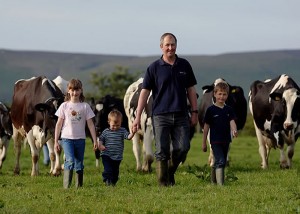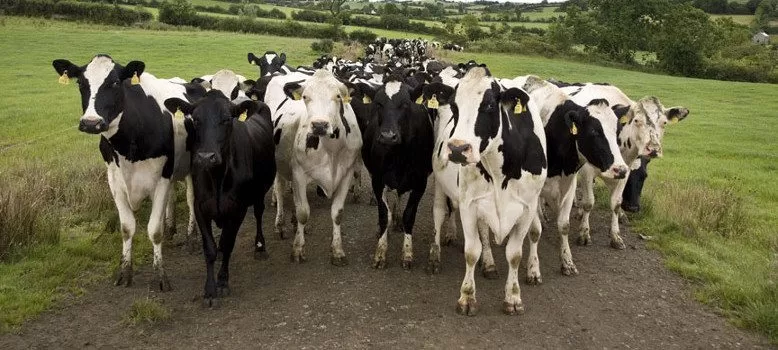As Europe continues to shift from the concept of “Multi-functionality”-based payments towards a deregulated free market system, Irish dairy farmers are weighing their potential to increased their herd size- a move they may be forced to make to remain in business.

As the milk quotas gradually ease, some are meeting the new phase for Irish agriculture with optimism, despite tight margins predicted for other farmers in free markets around the world. Michael Murphy, a dairy farmer from Cork, estimates that the island has the means to increase the national herd size by 400% and create over 45,000 new jobs. Following the model of the New Zealand’s South Island, the grazing-based system that Irish agriculture is based on can help them utilize a low cost model of producing milk than many other countries in the EU cannot.
Expanding production in Ireland, however, comes with significant challenges, and at a significantly challenging time. While infrastructure costs may be lower per cow than many other EU nations, opportunity costs are not- particularly the price of land. The limiting factor in increasing an Irish herd will likely be finding the extra pastures to graze them on, which tends to come at premium cost on the island. Many farmers will not have the funds or borrowing potential to do so, as the county faces severe economic woes across all sectors. Even in times of promising economy, obtaining additional paddocks may be an obstacle for the Irish farmer, already existing on tight margins.
In order to survive, the Irish dairy farmer will have to do something that many small farmers in other market-based milk communities had to do: get big or get out. When Australia became a deregulated market in 2000, some regions lost as much as 60% of their dairy farms in two years. Last year, 92% of dairy farms that went out of business in the United States had less than 100 cows. The face of agriculture in Ireland will be changing, forcing many Irish farms to expand and bringing small dairy farms new challenges.

